14 Ways to Turn Your Yard into a Winter Refuge for Wildlife
Creating a winter refuge for wildlife in your yard not only helps local animals survive the colder months, but it also boosts your garden’s ecosystem. As temperatures drop, many species struggle to find food and shelter, making your yard an essential resource. Simple changes like providing food sources, shelter, and water can make a big difference for wildlife during winter. By offering natural habitats and avoiding harmful chemicals, you create a safe space for animals to thrive. Adding features like birdhouses, ponds, and wildlife-friendly fences encourages biodiversity and supports the local environment.
This post may contain affiliate links, which helps keep this content free. Please read our disclosure for more info.
Provide Food Sources

To support wildlife through winter, it’s essential to offer consistent food sources. Adding bird feeders, suet cakes, or even providing seeds and nuts on the ground can help animals find food when natural sources are scarce. Different wildlife species prefer different foods, so consider adding a variety of options, such as sunflower seeds for birds or peanuts for squirrels.
In addition to feeding, consider planting native plants that produce seeds, berries, or nuts during colder months. These plants not only provide food for local wildlife but also help maintain the balance of the ecosystem. When possible, plant species that thrive in winter conditions, ensuring wildlife can count on a steady supply of food year after year.
Create Natural Shelter

Winter can be harsh for many animals, so providing shelter is crucial. Consider adding brush piles, fallen leaves, or even creating a small wildlife-friendly shelter made from logs or branches. These areas offer a warm, safe place for animals like rabbits, hedgehogs, or even small birds to escape the elements.
If you have space, planting dense shrubs or evergreens can provide natural shelter from the wind. These plants offer protection while still allowing wildlife to forage. Shelter is particularly important for small mammals and insects that might struggle to find warmth during the cold months.
Avoid Using Harsh Chemicals
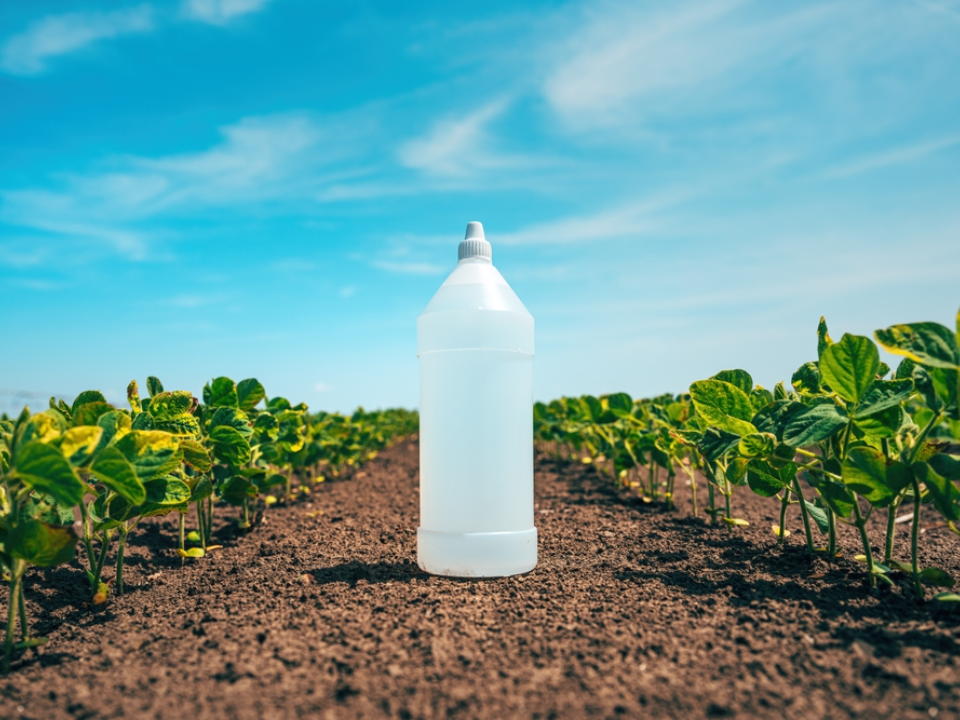
Many common yard chemicals, such as pesticides and herbicides, can be harmful to wildlife. These chemicals can contaminate the soil, water, and plants that animals depend on. By avoiding these harmful substances, you help create a safer environment for creatures, allowing them to thrive naturally.
Instead of relying on chemical treatments, consider using organic or natural methods to manage pests. Planting pest-repellent plants, like lavender or marigolds, can naturally discourage unwanted insects without harming local wildlife. This approach helps preserve a healthy ecosystem in your yard.
Add Nesting Boxes

For birds and small mammals, nesting boxes can provide a safe place to rest and take shelter. Installing birdhouses or bat boxes can attract species like bluebirds or bats, which may need refuge during the winter months. Make sure to place them in quiet, sheltered areas away from strong winds and predators.
Nesting boxes also offer a place for animals to escape the cold and wind. Even during winter, some species, like owls or sparrows, may seek refuge in these structures. By providing these shelters, you ensure that local wildlife has a safe and comfortable place to rest.
Plant Evergreen Shrubs and Trees
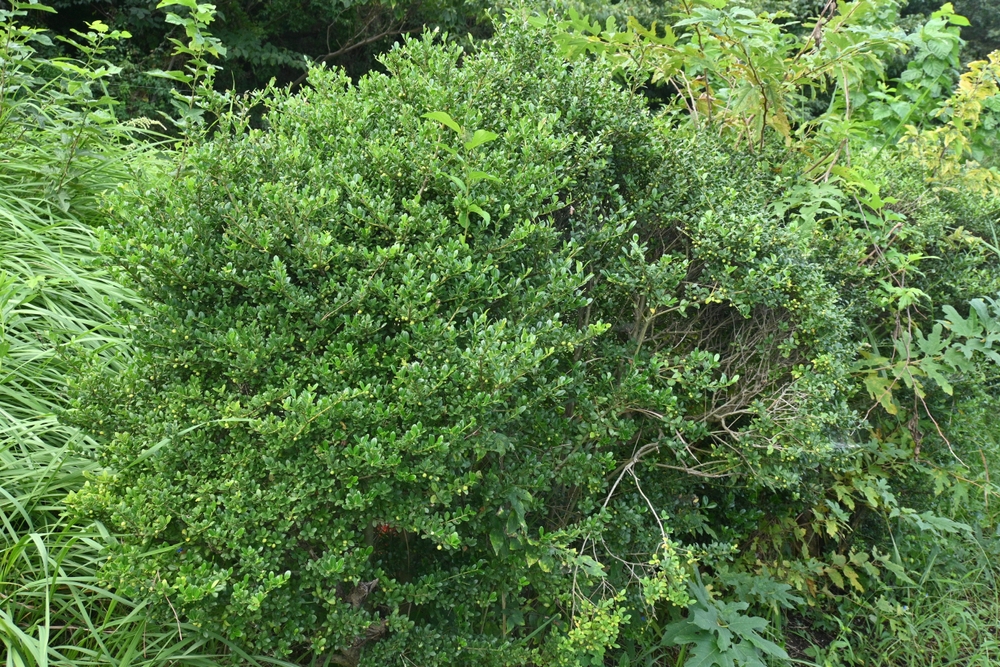
Evergreens play a significant role in winter wildlife refuges. These plants maintain their foliage throughout the cold months, offering both shelter and food for many species. Birds, for example, can find shelter from the wind and snow in the dense foliage, while the seeds or berries from these plants provide a food source.
Evergreen trees like pines, firs, and spruces are perfect additions to a winter yard. They not only provide shelter but can also help maintain a healthy ecosystem by supporting a variety of creatures. Their thick branches offer safe spaces for birds to perch and hide from predators.
Offer a Variety of Shelter Types
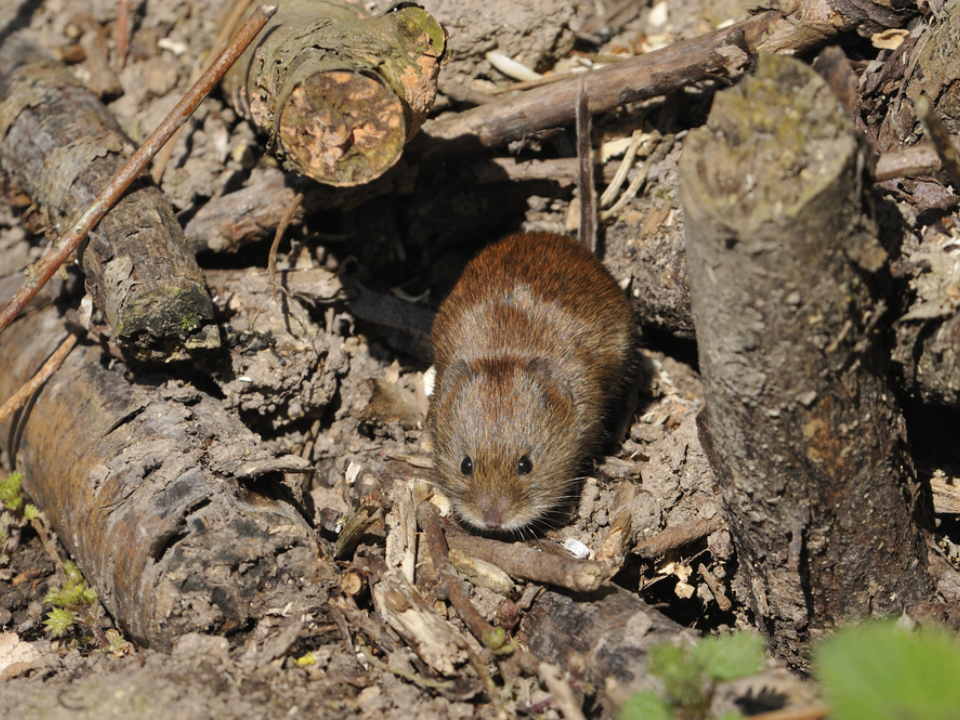
Different species have different needs when it comes to shelter, so providing a variety of options is important. While brush piles and birdhouses are common, consider adding a log pile or even leaving sections of your garden undisturbed to create natural cover. Some animals, such as toads or frogs, prefer cool, damp places where they can hide in the mud.
By offering multiple shelter types, you cater to a broader range of wildlife. Consider leaving a mix of open areas, dense plantings, and places with leaf litter or logs. This diversity of habitats will ensure that animals have the refuge they need throughout the winter.
Plant Native Perennials
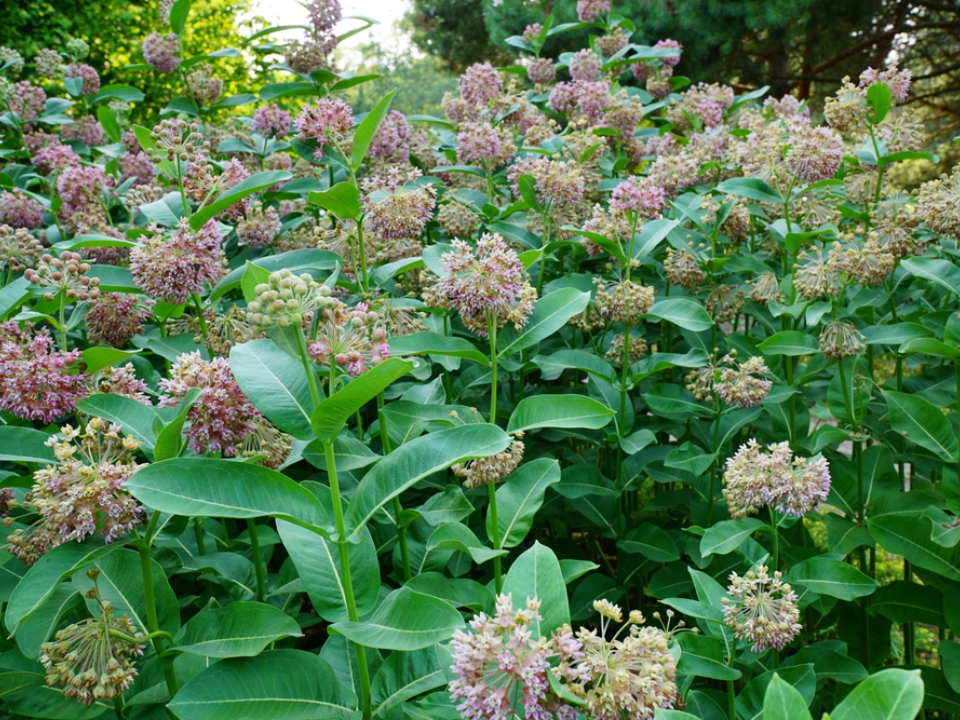
Native plants are essential for wildlife, providing both food and shelter. Many native perennials continue to provide seeds and berries through winter, offering a natural food source for animals. Additionally, these plants often grow in a way that creates natural cover, protecting wildlife from the elements.
When selecting plants, aim for those that are well-suited to your region’s climate. Native perennials like coneflowers or black-eyed Susans can thrive through the colder months, making them a reliable addition to any wildlife refuge. Their deep roots also help protect soil from erosion, supporting the overall health of your yard.
Reduce Lawn Mowing

One way to support wildlife in the winter is by reducing lawn mowing. Keeping grass and wild plants longer allows insects to remain hidden, providing them with a place to hibernate. These insects, in turn, become an important food source for birds and small mammals during the cold months.
By allowing the grass and plants to grow naturally, you encourage a healthier ecosystem. Longer grasses create shelter for ground-dwelling creatures and help maintain a balance of natural food sources. This simple change benefits both the wildlife in your yard and the overall health of your garden.
Install a Wildlife-Friendly Fence
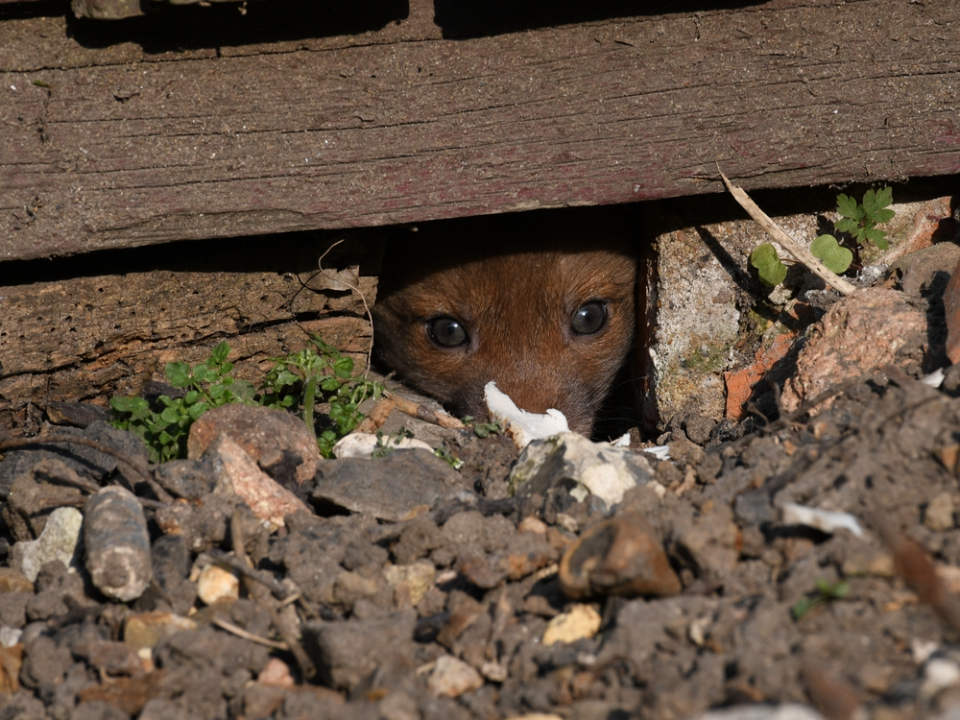
A wildlife-friendly fence can help protect small animals from predators while providing a boundary for larger animals. Unlike traditional fences, which can be difficult for smaller creatures to navigate, wildlife-friendly fences have small gaps or openings that allow animals like rabbits or squirrels to pass through. This helps create a safe space for them to roam without being trapped or confined.
Consider using natural materials like wood or stone to blend the fence into the environment. These fences can provide a sense of security for animals while ensuring that they have easy access to different parts of your yard. It’s a simple way to make your yard more accessible for wildlife while keeping them safe.
Add a Sand or Gravel Bath
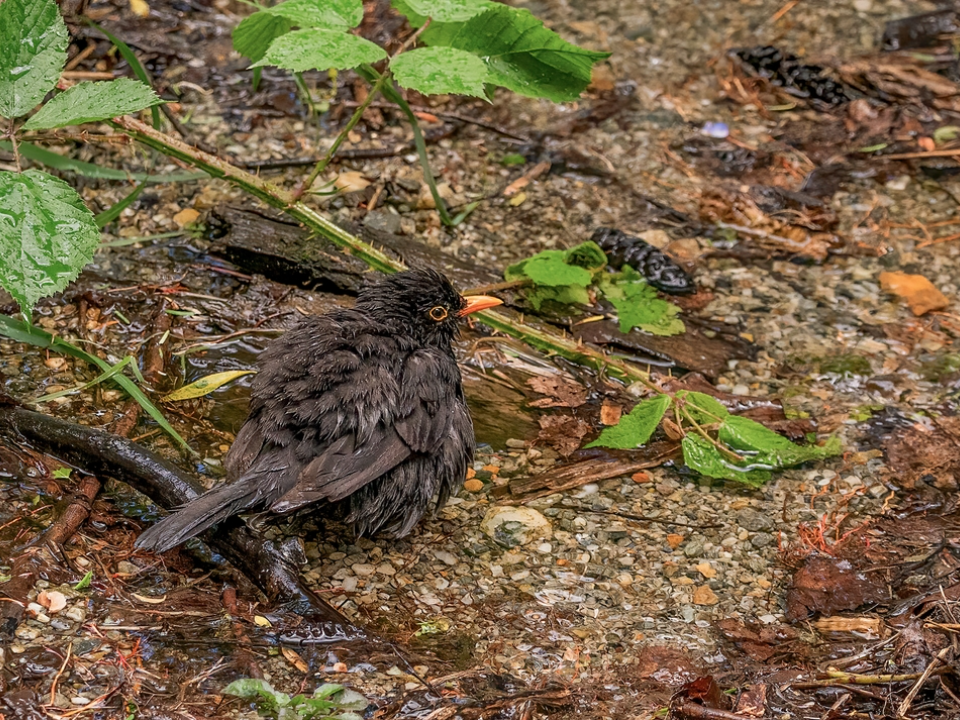
In addition to water baths, some wildlife, particularly birds, enjoy sand or gravel baths to help clean and groom themselves. These baths allow birds to roll in the sand or gravel, which helps to remove excess oils and parasites from their feathers. Setting up a shallow dish of sand or gravel in a sunny spot can be a great way to help your feathered friends stay healthy during winter.
Choose an area that gets some sun to encourage birds to bathe during warmer parts of the day. The sand or gravel bath also serves as a helpful spot for other small creatures to groom and clean themselves. It’s a small addition to your yard that can significantly benefit local wildlife.
Offer Safe Refuge for Insects
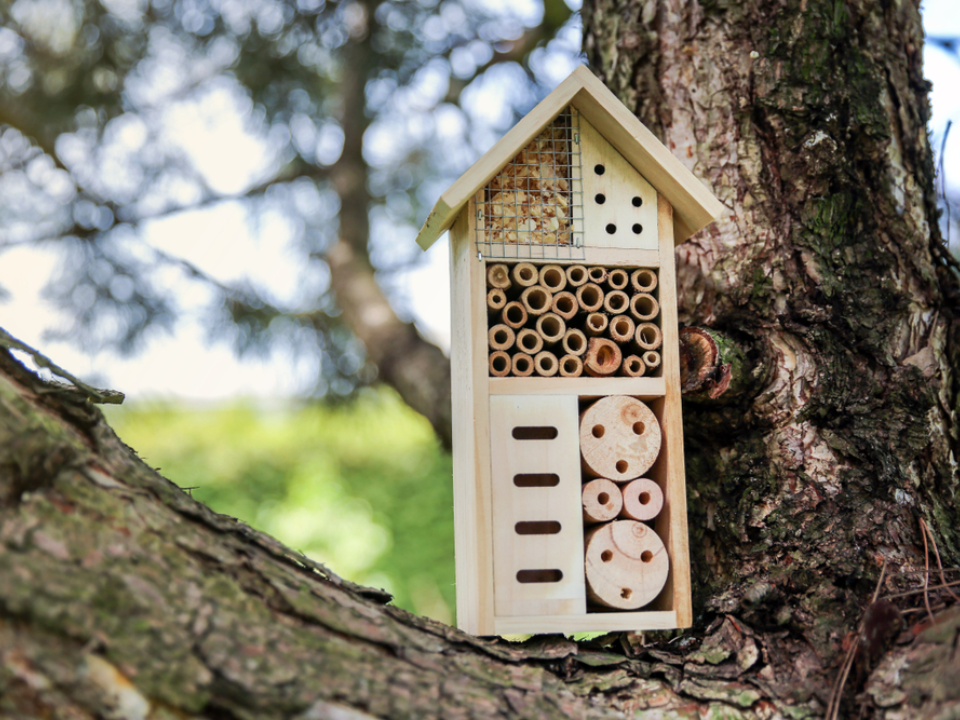
Insects are an important part of the ecosystem and deserve a place in your winter yard. To support them, consider building or purchasing an insect hotel. These small structures provide shelter for beneficial insects like bees, ladybugs, and moths, which hibernate during the winter months.
Insects help with pollination, pest control, and soil health, so maintaining a space for them is crucial. Ensure the insect hotel is made from natural materials such as bamboo, wood, or straw to create an inviting environment. This small step will help maintain a healthy, thriving garden throughout the year.
Maintain a Mulch Layer
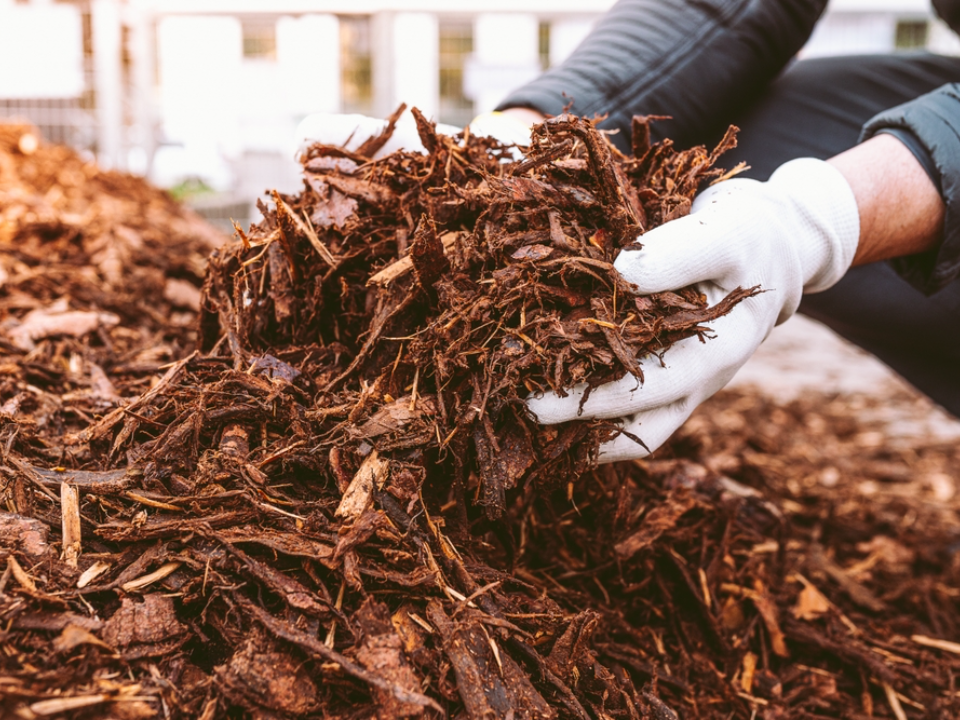
Mulching is an excellent way to keep the soil temperature stable and protect the plants from harsh winter conditions. A thick layer of mulch helps insulate the ground, preventing frost from penetrating too deeply. It also provides shelter for small animals like insects and amphibians, giving them a place to hide from predators and the cold.
In addition to protecting wildlife, mulch helps retain moisture in the soil. As it decomposes, it adds organic matter back into the earth, enriching the soil and encouraging plant health. This simple step can create a welcoming environment for various wildlife throughout the winter.
Plant Winter-Flowering Plants
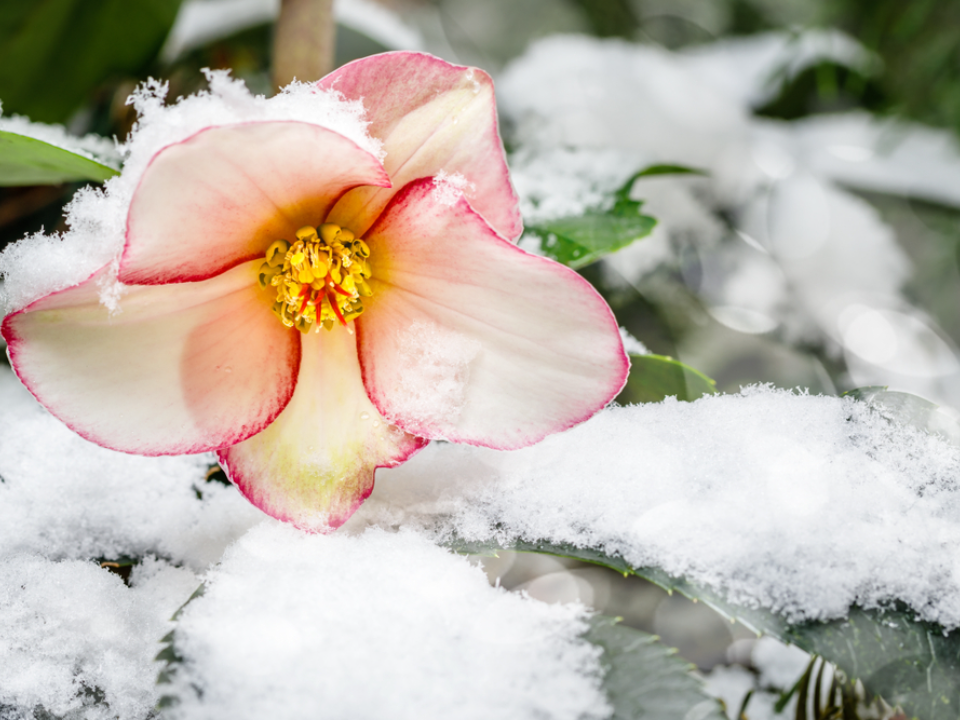
Certain plants bloom even during the colder months, providing much-needed food and shelter for wildlife. Winter-flowering plants like hellebores or winter jasmine can attract pollinators and provide color during the dreary winter months. These plants can also offer a late food source for bees and butterflies that are still active during the winter.
By adding a variety of winter-flowering plants to your yard, you help support early-season pollinators that are essential for spring growth. These hardy plants also add aesthetic value to your winter garden, making it a welcoming space for both you and local wildlife.
Offer Shelter for Amphibians
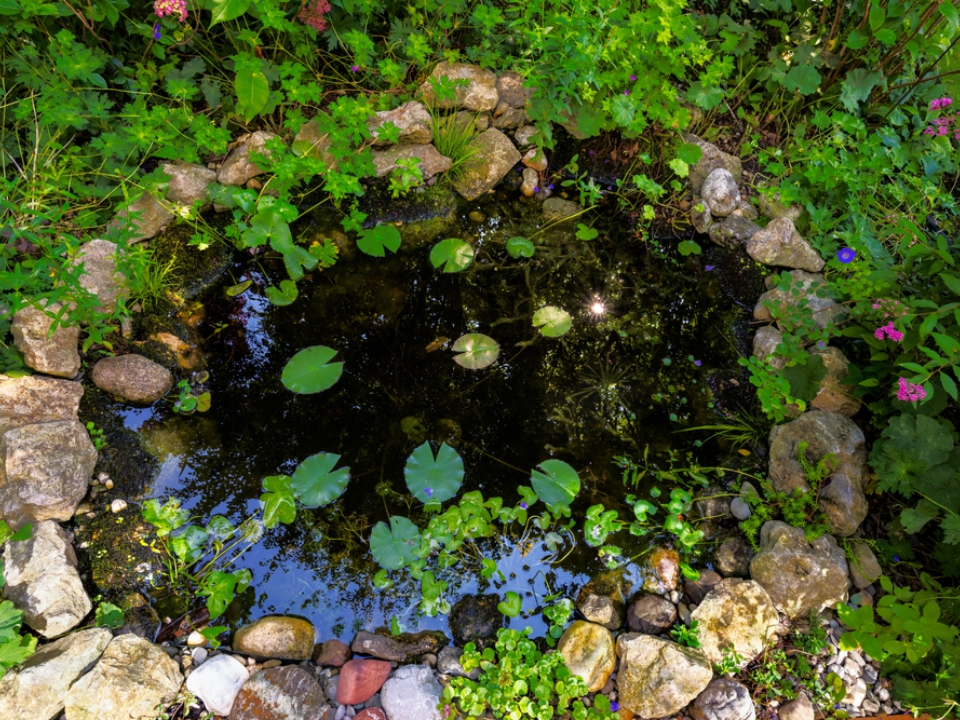
Amphibians like frogs, toads, and salamanders need protection from freezing temperatures in winter. Consider adding a shallow pond with a few rocks or leaves for them to burrow under. You can also leave sections of your yard wet to provide the moisture that amphibians need to survive the cold.
By providing a moist, cool environment, you ensure these creatures have a safe space during the winter months. Amphibians play an essential role in controlling insect populations, so keeping them in your yard can benefit the entire ecosystem.
This article originally appeared on Avocadu.
